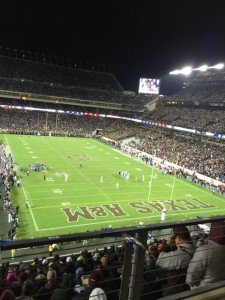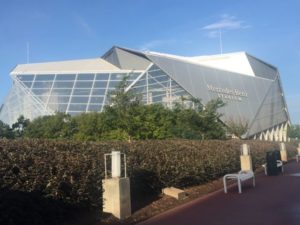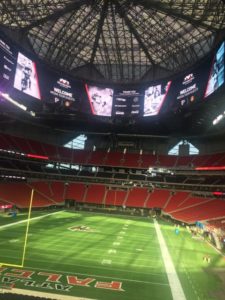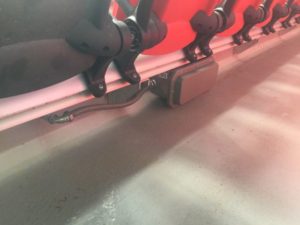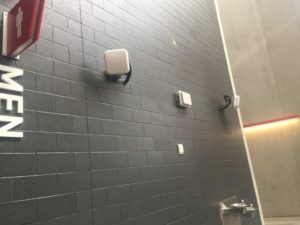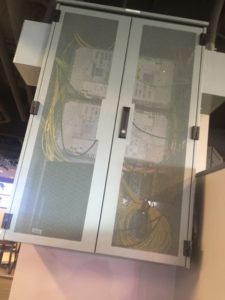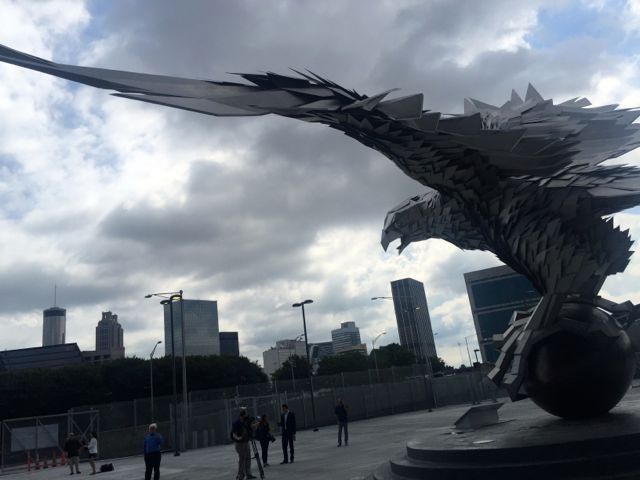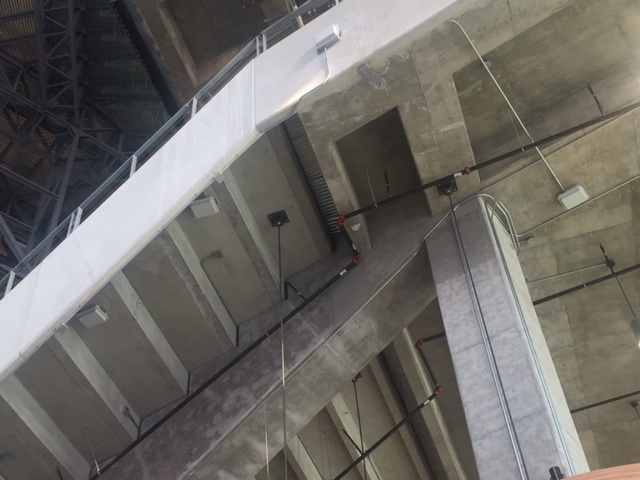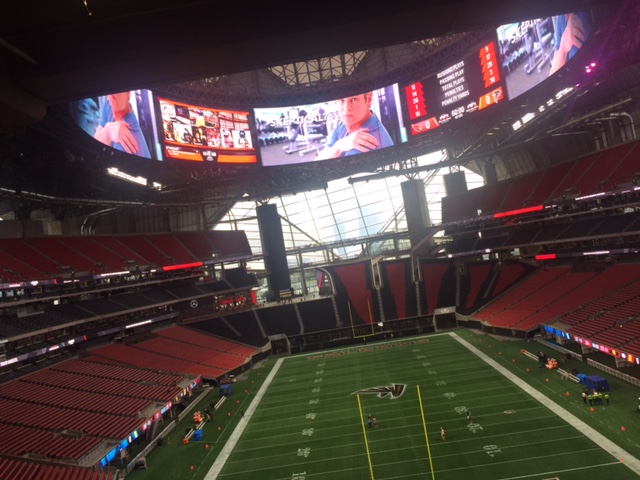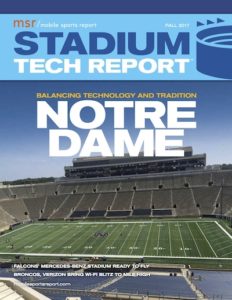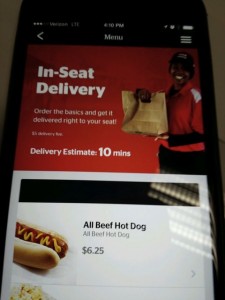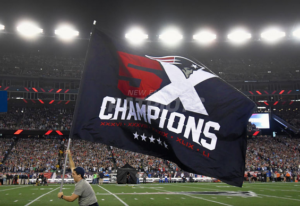According to statistics provided by AT&T, the Cowboys’ home stadium has seen 4.82 terabytes of data for games through Oct. 5, leading all pro stadiums where AT&T has DAS installations. On the college side, Kyle Field has seen a total of 5.80 TB through Oct. 5, tops for university venues. These statistics are only for AT&T customers, and only on in-stadium networks; the numbers do not include macro traffic seen outside stadiums, according to AT&T.
All the college game stats include three home games at each venue; on the pro side, Dallas, Houston and the 49ers stats are from just two home games; Denver and Green Bay stats are from three home games.
Rounding out the top five in the pro stadium list are: NRG Stadium, Houston, 3.89 TB; Lambeau Field, Green Bay, 3.0 TB; Sports Authority Field at Mile High, Denver, 2.92 TB; Levi’s Stadium, Santa Clara, Calif., 2.91 TB.
On the college side, the rest of the top five after Texas A&M are: Tiger Stadium, Baton Rouge, La., 5.55 TB; Memorial Stadium, Clemson, S.C., 4.63 TB; Los Angeles Memorial Coliseum, 4.27 TB; Bryant-Denny Stadium, Tuscaloosa, Ala., 4.25 TB.
